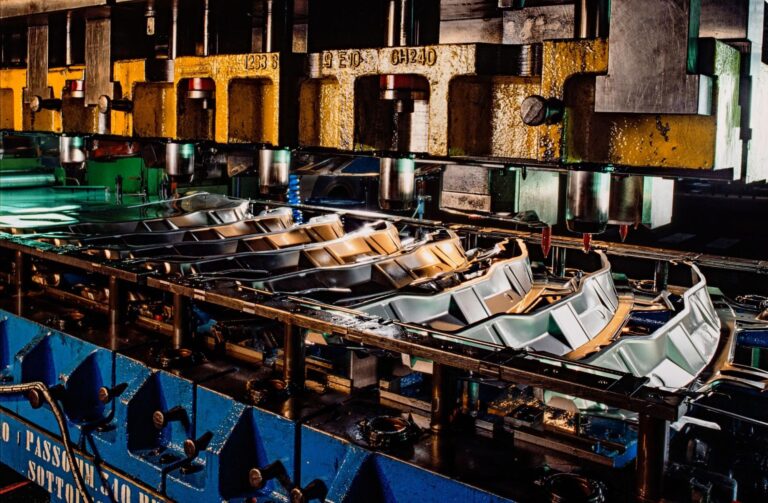Time to read: 2 min
Unpredictability and disruption in the supply chain world are often thought about, yet rarely prepared for. With the global spread of COVID-19, manufacturing has changed dramatically over the last few months, and it seems as if there’s no end in sight.
Last week, we hosted a webinar on the Hidden Costs of Supply Chain Unpredictability, where manufacturing journalist Philip Stoten spoke with Fictiv COO Jean Olivieri and Supply Chain Resources Group Founder Ron Keith about the changing landscape for supply chains across the world.
What Causes Supply Chain Unpredictability?
The first important question to tackle is what causes unpredictability in the first place. Ron looks to two important factors: supply uncertainty and demand uncertainty. While supply unknowns can be impacted by geopolitical or disease, they can also be caused by demand constraints and other market variables. Demand, on the other hand, is often unknown for new product introduction engineers, as it’s hard to truly understand the demand for a product.
Jean, however, says there’s another important factor. “Politics, environmental, social changes, material constraints all can really drive unpredictability to a supply chain. But one of the biggest things overall is the lack of information,” she says. Supply chains tend to get very complicated, very quickly. Transparency may not be readily available, which often results in a difficult-to-manage process that naturally creates unpredictability.
Preparing for the Inevitable
As COVID-19 has hit the global manufacturing trade hard, an estimated 26B industrial labor hours have been lost, and 2.8M factories have needed to shut down to limit the spread of the disease.
But this isn’t the first time the world has seen unexpected supply chain disruption. The 2011 earthquake and tsunami in Fukushima, Japan caused a lot of manufacturers and suppliers to go offline. Toyota experienced unprecedented supplier shutdowns that resulted in their largest quarter over quarter sales decline in over 70 years.
So how can companies prepare and ready for the next inevitable disruption in the supply chain? Having strong visibility into your supply chain can go a long way. There are three important strategies to consider when looking to increase visibility: understanding true costs of operation, having boots on the ground to get in-depth, real time insights, and considering working with local suppliers.
Agility is another key factor that can modernize your supply chain and help reduce the risk and impact that unpredictability can have. Developing supply in multiple geographies can help mitigate some of the more common unpredictable disruptions, like any geopolitical issues or disease outbreaks. As on-demand manufacturing becomes a stronger and stronger resource, many are looking to the digital thread to help manage that agility as well.
To learn more about how you can stay agile and get more visibility into your supply chain, watch our webinar on the Hidden Costs of Supply Chain Unpredictability for information to strengthen confidence in your supply chain.










